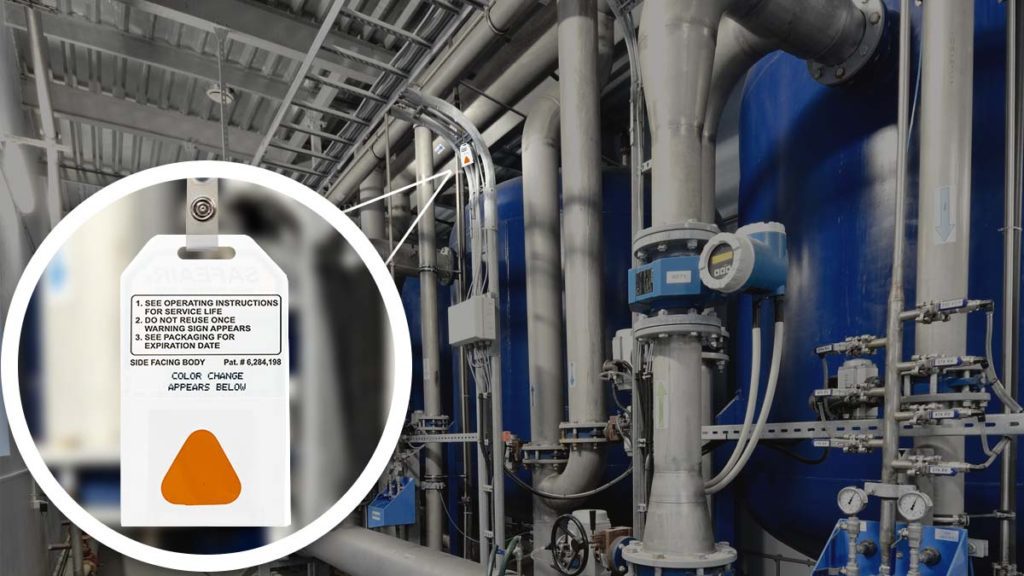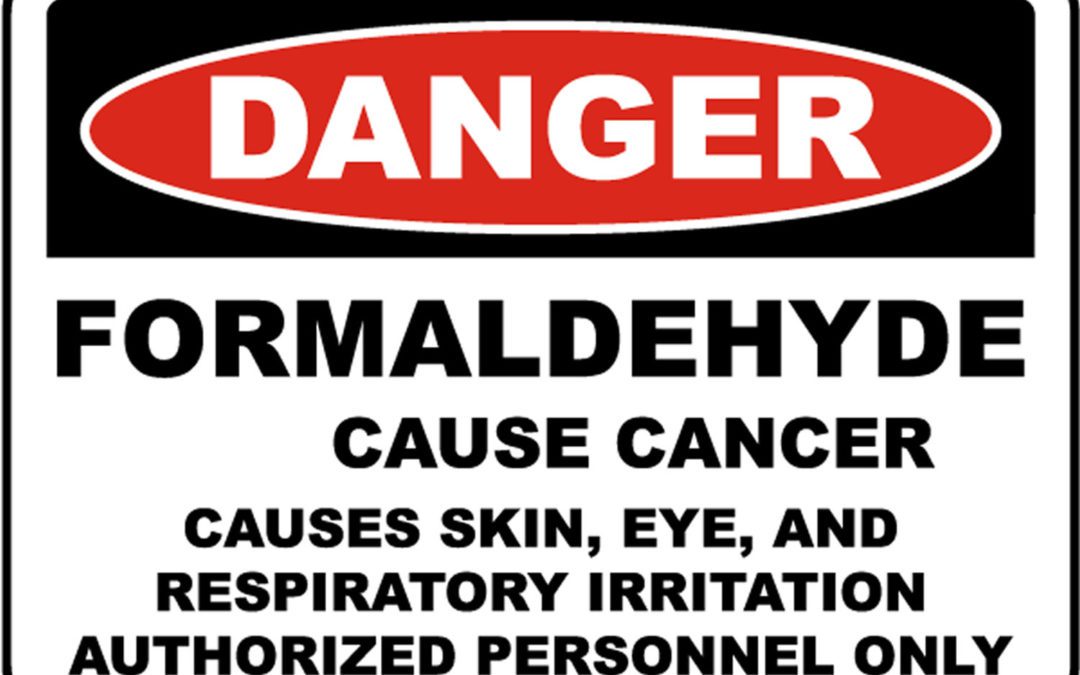Found naturally in the body and other organic materials in our environment, formaldehyde or CH2O is actually all around us.
So why the stigma? Why when we hear formaldehyde do we think of embalming fluids and mortuaries? Where is it actually found and why does Morphix find it important to detect formaldehyde in the work environment?
About the chemical
Formaldehyde presents itself- at room temperature- as a flammable, colorless gas with a very strong odor similar to a pickle. Formaldehyde is commonly associated as a by-product of cigarette smoke or as seen in the movies: jarred, preserving medical samples. This chemical is found in a vast number of processes from chemical manufacturing to cosmetics additives. As noted by the EPA (Environmental Protection Agency) formaldehyde’s most common uses are in:
- Industrial resins used to manufacture composite wood products
- Building materials and insulation
- Household products such as glues, paints and coatings, and paper products
- Fertilizers
- Preservatives in medicines and cosmetics
- Sterilant in industrial processes
“If Formaldehyde has been named a carcinogenic, so why is it widely used?”
A simple answer: the practical and industrial applications of formaldehyde outweigh the risk when it comes to final products. The uses above require formaldehyde as a precursor or intermediate in the chemical process; by the time a consumer-ready product enters the picture, the levels of formaldehyde are low enough to no longer be considered a health risk.
In light of consumer products posing little risk, potentially dangerous levels of formaldehyde present themselves in the industrial environment with little to no warning. Morphix Technologies’ SafeAir Chemical Detection badges for Formaldehyde are meant to detect the below regulation amounts of the chemical that may pose harm to industry workers.
Formaldehyde and Morphix
Formaldehyde has set exposure limits in the USA including the below from regulatory institutions.
OSHA PEL (Permissible Exposure Limit) of 0.75ppm (parts per million). This is calculated from an 8-hour time weighted average.
NIOSH REL (recommended exposure limit) of 0.016ppm (parts per million). This is calculated from an 8-hour time weighted average. NIOSH also recommends that formaldehyde be handled as a potential occupational carcinogen in the workplace.
The Morphix Technologies SafeAir Chemical Detection Badge for Formaldehyde has an exposure level of 0.2ppm*hr. In order to interpret your results, the following should be kept in mind:
An operator wearing this badge can determine concentration of formaldehyde by wearing the badge in their breathable zone and taking note of how much time has passed once seeing a color change. By tracking the amount of time elapsed, the wearer may then use this information in the equation below.
PPM / time elapsed (in hrs) = concentration
For example: If a wearer is using a formaldehyde badge for 30 minutes and at that time notices the first change in color, the badge should be interpreted as the following.
0.2 / 0.5 = 0.4
0.4ppm*hr would be the correct concentration interpretation
**After the badge has changed color and the concentration assessed based on the above calculation, the badge will continue to increase in color if continuously exposed to formaldehyde. It is not recommended however to extrapolate any concentration as further color change happens, as there is no way to quantify a darker color for this badge.

